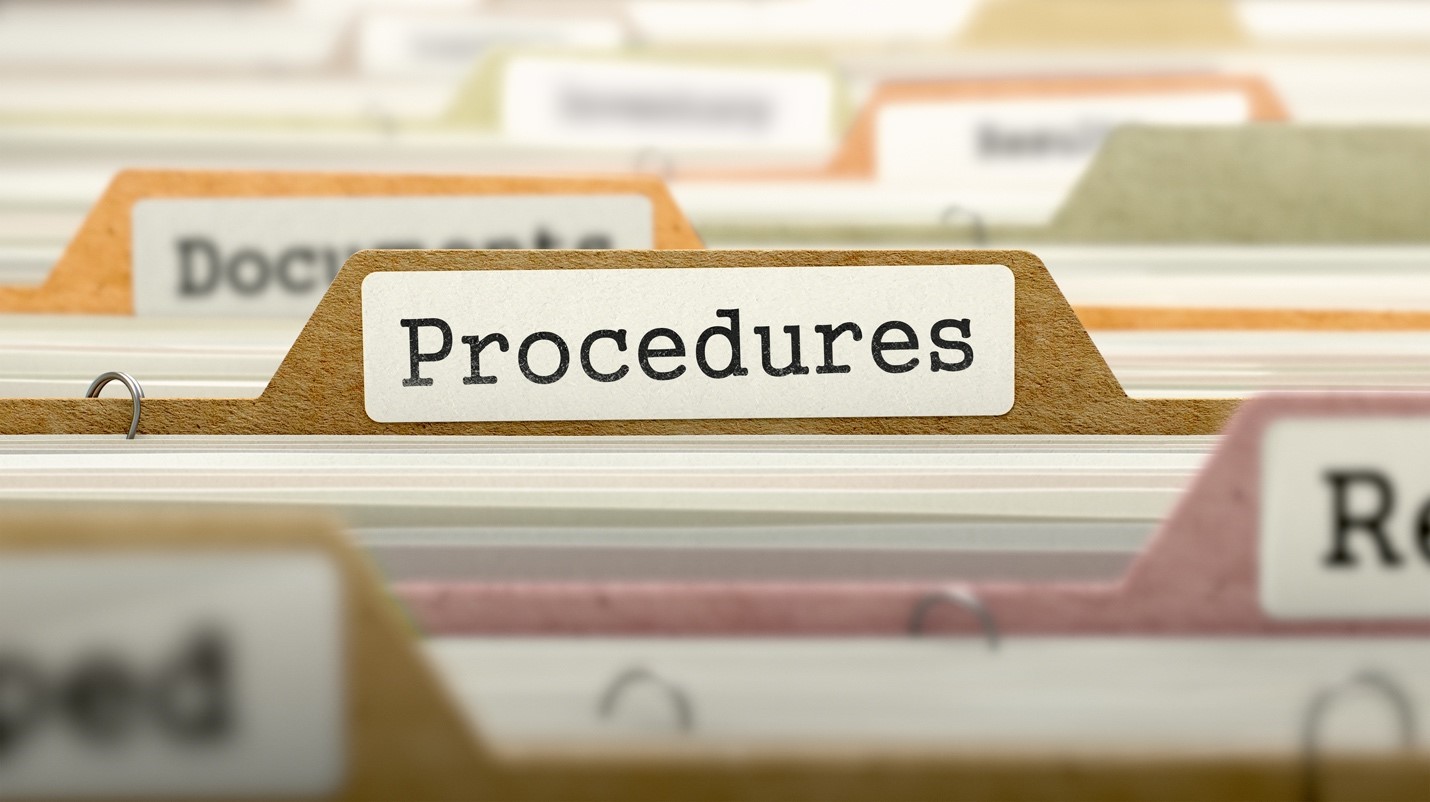What Should a Chemical Spill Control Procedure Include?

Handling hazardous chemicals in any industry comes with inherent risks. Accidents can happen, and when they do, it’s essential to have a well-defined chemical spill control procedure in place. A comprehensive procedure not only helps prevent the spread of contamination but also ensures the safety of employees, the community, and the environment.
Here are the essential components that must be integrated into a chemical spill control procedure, highlighting the significance of readiness and the invaluable expertise provided by professionals such as Global Hazmat.
Hazard Identification and Assessment
The first step in any effective chemical spill control procedure is to identify and assess the hazards associated with the chemicals used in your facility. This includes creating a comprehensive inventory of all chemicals on-site, their properties, and potential risks. By understanding the hazards, you can better prepare for spills and tailor your response accordingly.
Emergency Response Team
Having a dedicated emergency response team is important. These individuals should be well-trained in chemical spill response and management. The team should include containment, cleanup, and first aid expertise personnel. Global Hazmat offers specialized training programs for individuals and teams to ensure they are well-prepared for emergencies.
Personal Protective Equipment (PPE)
Providing appropriate personal protective equipment for response team members is essential. PPE should be readily available and tailored to the specific chemicals being handled. This may include chemical-resistant suits, gloves, goggles, and respiratory protection.
Spill Response Equipment
Maintaining an inventory of spill response equipment is important, and it should include absorbents, spill kits, containment booms, and decontamination supplies. Regular inspections and restocking of these items ensure you’re always ready to respond to spills effectively.
Spill Containment and Isolation
Once a spill occurs, quick containment and isolation are crucial to prevent further spread. Your procedure should outline the steps for containing the spill using appropriate equipment and isolating the affected area.
Cleanup and Disposal
The procedure should detail the cleanup process, specifying the methods and materials used. Cleanup should be conducted to minimize environmental impact and comply with local regulations. Proper disposal of contaminated materials is also a critical aspect of this step.
Reporting and Documentation
Record keeping is necessary for regulatory compliance and continuous improvement. Your procedure should require thorough documentation of the spill incident, including its cause, response actions, and outcomes. This information helps in identifying areas for improvement in the spill control procedure.
Training and Drills
Regular training and drills are paramount to keeping your emergency response team prepared and following the procedure correctly.
A well-structured chemical spill control procedure is the cornerstone of an effective emergency response plan. Not only does it protect your employees and the environment, but it also safeguards your organization’s reputation and compliance with regulations. To ensure your procedure is comprehensive and your team is adequately trained, consider partnering with experts like Global Hazmat. Our guidance and training can help you create a safer working environment and respond to chemical spills confidently and competently.
